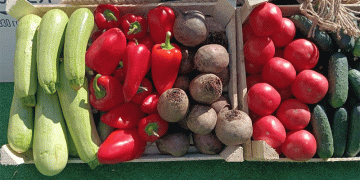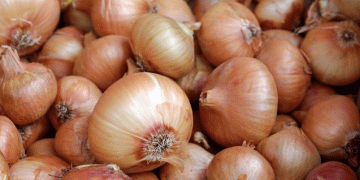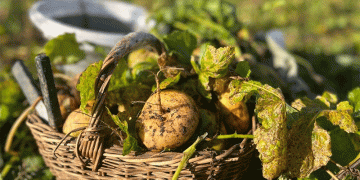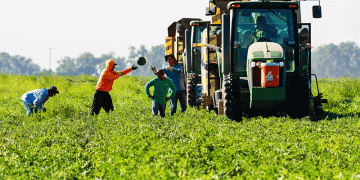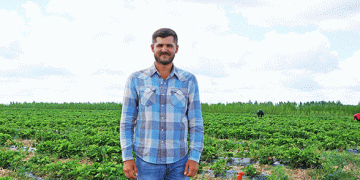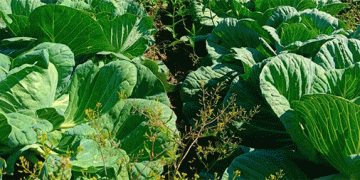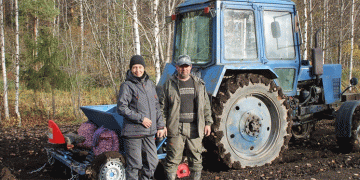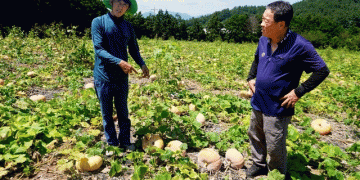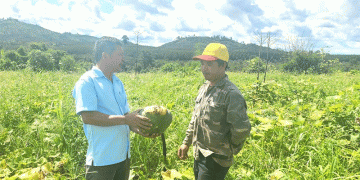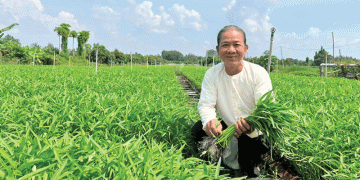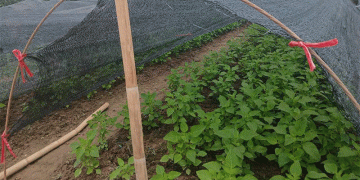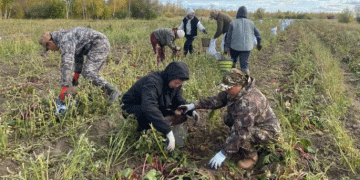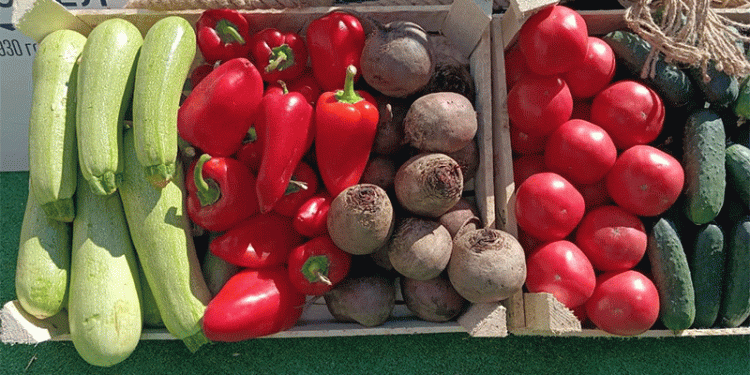The 2025 harvest season is in full swing in Russia’s key agricultural region, the Stavropol Krai. Focused on open-ground vegetables, the campaign is progressing rapidly across 12 municipalities. This year, a total of 3.6 thousand hectares were allocated for open-field vegetables. According to the regional Ministry of Agriculture, farmers have already completed harvesting on 1.2 thousand hectares, representing one-third of the total area, and have gathered 18 thousand tons of produce. The current average yield stands at an impressive 141.4 centners per hectare (approx. 14.14 tons/hectare).
A deep dive into the specific “borscht set” vegetables—the essential ingredients for the traditional soup—reveals even more striking figures. The potato harvest is a standout, with 1.8 thousand hectares already harvested out of a total sown area of nearly 5.7 thousand hectares. The average yield for potatoes has reached 340.9 centners per hectare (approx. 34.09 tons/hectare), a figure that exceeds the Russian national average, which often ranges between 220-250 c/ha for open-field production. To date, the following volumes have been collected:
- 60.9 thousand tons of potatoes
- 2.3 thousand tons of onions
- 963 tons of table beets
- 356 tons of cabbage
- 135 tons of carrots
This robust agricultural output is actively supported by regional government mechanisms. The ministry is currently administering a competition for subsidies specifically aimed at potato growers, with almost 19 million rubles allocated for this purpose in the current year. Such financial incentives are crucial for maintaining competitiveness. A 2024 report by the FAO on European agriculture emphasized that targeted subsidies for key staple crops can significantly enhance farm-level investment in technology and sustainable practices, leading to more stable yields and market supply.
The early harvest data from Stavropol paints a picture of a highly productive and well-organized agricultural sector. The high yields, especially for potatoes, indicate effective agronomic management and favorable conditions. Combined with strategic state support through subsidies, the region is on track to secure a strong vegetable harvest for 2025, ensuring a reliable supply of essential domestic food products. This model of combining efficient production with targeted financial backing offers a valuable blueprint for other regions aiming to boost their agricultural output.
